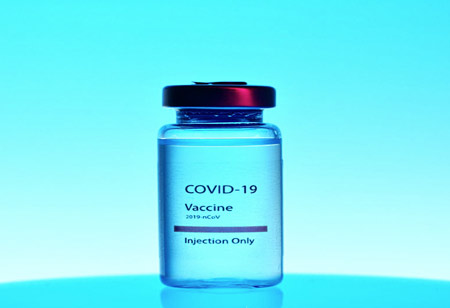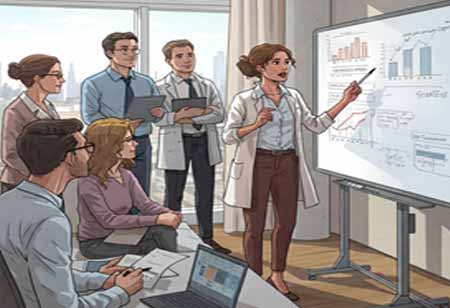Thank you for Subscribing to Healthcare Business Review Weekly Brief
Be first to read the latest tech news, Industry Leader's Insights, and CIO interviews of medium and large enterprises exclusively from Healthcare Business Review
The Importance of Medical Transportation in Healthcare
Medical transportation is a cornerstone of modern healthcare systems. It provides critically important services for patients in both emergency and non-emergency situations.

By
Healthcare Business Review | Wednesday, January 29, 2025
Stay ahead of the industry with exclusive feature stories on the top companies, expert insights and the latest news delivered straight to your inbox. Subscribe today.
Medical transportation's vital role in modern healthcare emphasizes the importance of continued innovation and investment to ensure its continued effectiveness and accessibility for all.
FREMONT, CA: Medical transportation is a cornerstone of modern healthcare systems. It provides critically important services for patients in both emergency and non-emergency situations. Whether it’s an ambulance rushing to save a life or a scheduled transport for routine medical appointments, reliable and efficient medical transportation significantly contributes to effective patient care.
Medical transportation is vital in bridging the gap between patients and healthcare providers, ensuring timely and essential access to care. It is broadly categorized into two types: Emergency Medical Services (EMS) and Non-Emergency Medical Transport (NEMT). EMS focuses on providing immediate medical assistance during emergencies. Ambulances equipped with life-saving equipment and staffed by paramedics and EMTs deliver critical, life-stabilizing care during transit to the hospital. In contrast, NEMT addresses the needs of patients requiring scheduled transportation for non-urgent medical appointments. This service is particularly beneficial for individuals with mobility challenges or those without access to personal vehicles, enabling them to attend recurring treatments such as dialysis, physical therapy, or other necessary healthcare visits.
Reliable medical transportation offers numerous benefits that significantly impact patient outcomes and the healthcare system. One of the primary advantages is ensuring timely access to care. By minimizing delays in reaching healthcare facilities, transportation services help reduce the risk of conditions worsening due to late interventions. In emergencies, the efficiency of EMS can make the difference between life and death by providing rapid response and stabilizing care en route to the hospital.
Additionally, medical transportation prioritizes patient comfort and safety. Specialized vehicles equipped with wheelchairs, stretchers, and other medical equipment ensure patients travel securely and comfortably. From an economic perspective, reliable transportation services help lower overall healthcare costs by reducing missed appointments and minimizing the need for expensive emergency care.
Medical transportation also enhances healthcare accessibility, particularly for vulnerable populations such as the elderly, individuals with disabilities, and those living in rural or underserved areas. These groups rely heavily on transportation services to maintain consistent access to medical care. In essence, medical transportation is an indispensable healthcare system component, addressing urgent and routine care needs while promoting equity and efficiency.
Innovations in technology are reshaping medical transportation services, addressing longstanding challenges and improving outcomes. Mobile health applications now enable seamless scheduling, tracking, and management of medical transportation, streamlining operations for patients and providers alike. Integrating telemedicine with transportation services enhances communication between paramedics and hospital teams, ensuring timely and informed decision-making during transit. Additionally, exploring electric and autonomous vehicles promises to reduce operational costs while improving reliability and sustainability. Complementing these advancements, GPS-enabled route optimization software minimizes delays by ensuring faster and more efficient routes, benefiting emergency and non-emergency cases. These innovations are changing how medical transportation operates, ultimately prioritizing efficiency, reliability, and patient care.
The future appears promising as the healthcare sector embraces more technology-driven approaches. Investments in electric ambulances, drones for remote locations, and AI-driven logistics are setting new performance benchmarks. Policies and funding addressing rural disparities and staff shortages could further strengthen the system.
Reliable and efficient medical transportation is a convenience and a necessity for adequate healthcare. It saves lives, improves accessibility, and ensures continuity of care for countless patients. As technology continues to evolve and bridge gaps in efficiency, medical transportation will become an even more indispensable part of modern healthcare systems. Governments, healthcare providers, and innovators must continue to invest in and improve these vital services for better patient outcomes.






